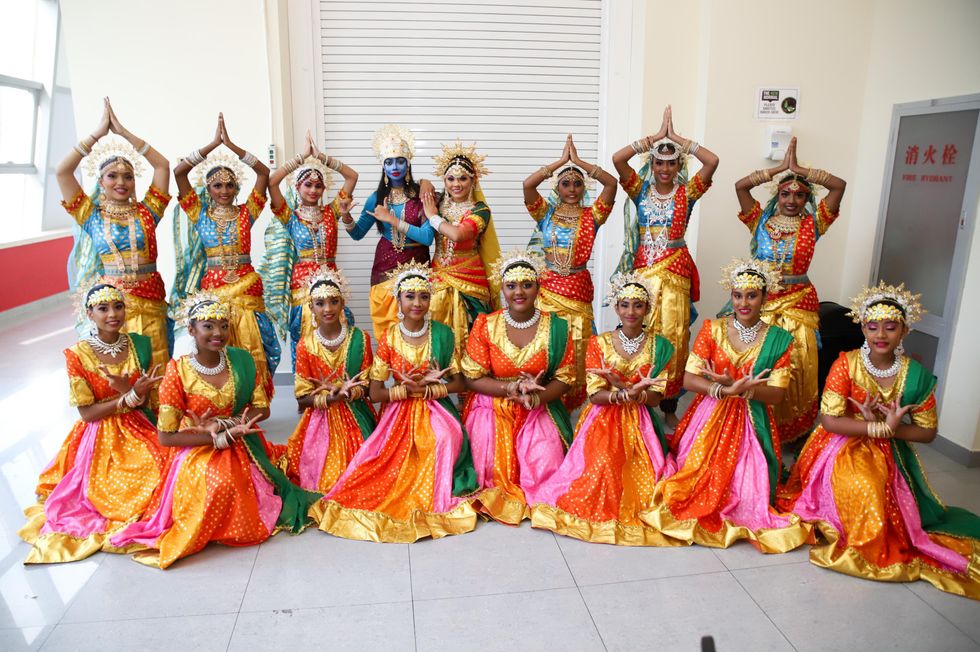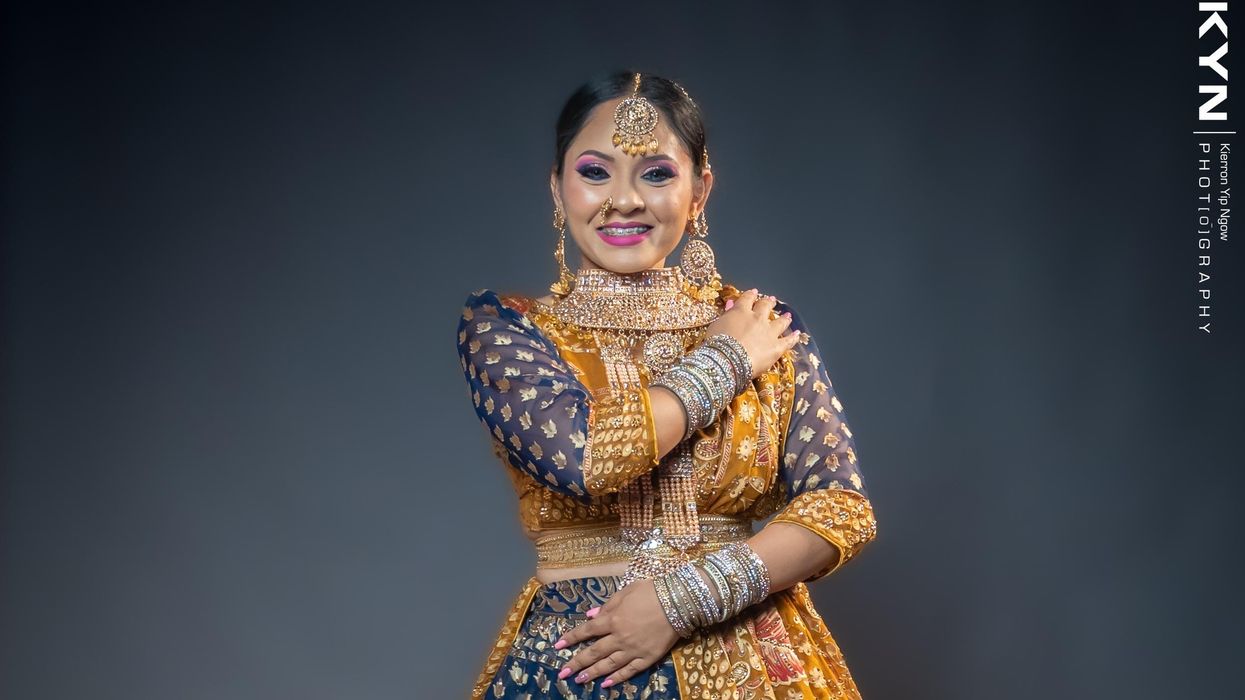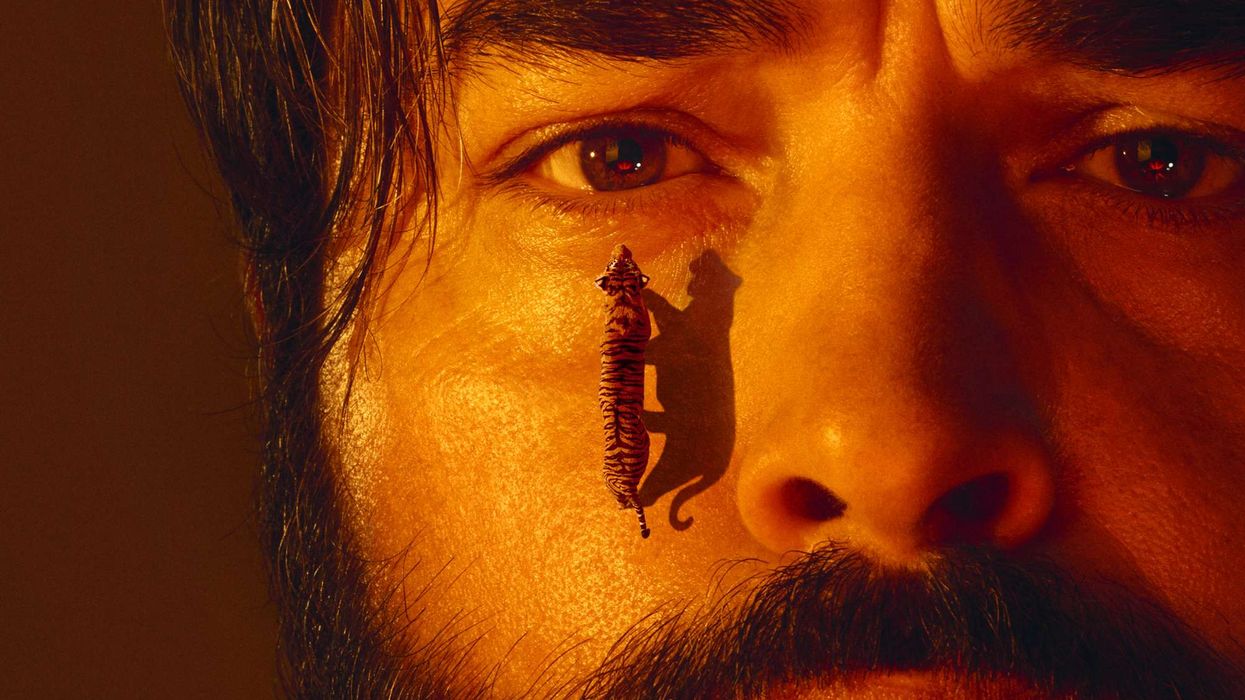International Dance Day on April 29 is a global celebration of how dance positively impacts lives and brings people together.
Leeann Dass has effectively used the immense power of dance to connect young people in the Caribbean to their Indian cultural roots.
The Trinidad and Tobago-based dancer, choreographer and teacher beautifully blends subcontinental influences with local artistry in her classes and productions. Her 4.1.1 Dance Theatre group not only offers a space to learn but also regularly delivers eye-catching performances, including shows with big-name music stars.
Collectively, she and her students represent an empowered generation, proud of their South Asian heritage. They are also helping to shape creativity in the region.
Eastern Eye caught up with the cool creative making a huge difference to discuss her journey, Indo-Caribbean dance, the secrets of a great performance, and advice for aspiring talents. She also spoke about the immense mental and physical health benefits of dance.

What first connected you to dance?
Watching Bollywood movies at a young age first sparked my love for dance. My mum always dreamed of learning to dance herself, so she made sure to send me for lessons, allowing me to live that dream for both of us.
How do you view your dance journey so far?
My journey has exceeded all my expectations. With passion and determination, I’ve learned that there are no limits to how far you can go.
What is your most memorable moment?
I have many unforgettable moments, but the most special ones are when I see my students performing with love and dedication. Another highlight is our annual dance concert, where all my students come together to showcase their talent in a production I put my heart into.
Which other highlights are you most proud of from your career?
Expanding my dance school to over 300 students and being able to share my knowledge and love for dance has been one of my biggest achievements so far.
How would you describe your style of dance?
My style blends traditional east Indian Bollywood dance with the unique local influences of Trinidad and the Caribbean, incorporating elements of chutney soca to create a vibrant fusion.
Tell us about the Indo-Caribbean dance style.
Indo-Caribbean dance is a beautiful blend of various styles, including classical, folk, Bollywood, and the energetic, Caribbean-inspired chutney soca dance.
Tell us about your dance school.
4.1.1 Dance Theatre has been nurturing dancers for over nine years, with multiple locations across Trinidad and Tobago. With over 300 students aged two and up, our mission is to preserve and celebrate our culture by passing on the art of dance. We’ve performed on many stages both locally and regionally, and have backed up many artists in the chutney soca industry. Our annual dance concert is always a sold-out event, where we create amazing performances for audiences to enjoy. 4.1.1 Dance Theatre has come a long way, is now well established, and our aim is to begin performing internationally, sharing our talent with the world.
As a respected teacher, what advice would you give young dancers?
If you have a passion, chase it relentlessly. Never give up. Determination is the key to success. Keep dancing your way to your dreams.
What, according to you, makes for a great dance performance?
A great dance performance is a perfect balance of choreography, grace, emotions, expression, energy, costuming, coordination, and above all, love.
Do you ever get nervous before going on stage?
Even with years of experience, there are moments when nerves creep in. But I was once told that when you truly love something, that excitement will always be there – it just means you care deeply. How do you feel when you are on stage? The moment I step on stage, I shift into a different mode. The energy takes over, and I lose myself in the performance, giving my absolute best.
What inspires you as a choreographer?
I believe dance is a form of storytelling. Every piece I choreograph tells a story, blending different elements of movement and emotion to create something meaningful.
Tell us about the health benefits of dance.
I believe dance is a powerful form of self-expression that empowers people both mentally and physically. Through dance, individuals build confidence as they learn to move freely, express their emotions, and connect with others without the need for words. Performing – or simply dancing for oneself – can break down self-doubt, allowing people to embrace their bodies and unique abilities.
Tell us about some of the physical health benefits of dance.
Beyond boosting confidence, dance also offers significant health benefits. It improves physical fitness, strengthens muscles, enhances coordination and increases flexibility. Regular dancing can also reduce stress, improve mood and promote mental wellbeing. Whether it is a solo performance, a social dance class, or just dancing in your living room, it allows people to release energy, feel strong and gain a sense of accomplishment – all of which contribute to feeling empowered in their everyday lives. As my students would say, “When we start dancing, we forget the world around us.” This is what dancing is – enjoying that moment as if it is a dream.
Who is your personal dance hero?
Madhuri Dixit has always been my dance inspiration. From a young age, I was captivated by her grace, expressions and flawless movements while dancing.
Why do you love dance so much?
Dance is an essential part of who I am. It gives me freedom, joy and purpose in life. I cannot imagine my life without it – dance is life for me.






 Ammar says the play’s script itself served as a compass in navigating Musa’s divided psycheIsha Shah
Ammar says the play’s script itself served as a compass in navigating Musa’s divided psycheIsha Shah Bengal Tiger at the Baghdad Zoo runs at the Young Vic Theatre in London from December 2 – 31 January 31 2026Isha Shah
Bengal Tiger at the Baghdad Zoo runs at the Young Vic Theatre in London from December 2 – 31 January 31 2026Isha Shah






